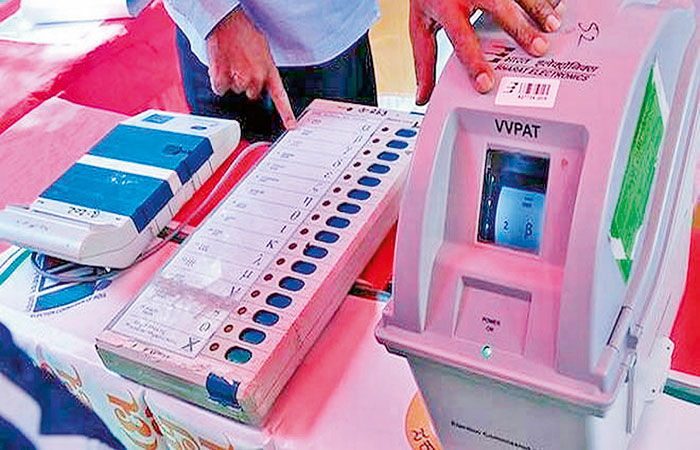
The Election Commission has slammed the Congress for releasing polling numbers late and raising questions over why the numbers were higher than initial estimates, but the issue is now becoming a hot topic of debate. Many organizations of the country have also filed a petition in the Supreme Court on this issue and on the other hand, many media organizations have demanded the Election Commission to call a press conference on the second day of voting and reveal all the figures. Earlier the manually submitted data was also updated on the second or third day, but now in the age of technology, even though the data is fed through mobile apps, why there is a delay of several days in declaring these data? Is it happening, this question is arising. Discussion started among common voters.
By the Election Commission. The voting figures for 19 April were announced 11 days later on 30 April. After this, the announcement of voting figures for the second phase was also delayed. The Election Commission had asked the media to download its voter turnout app and get the data from it, but actually no data was updated on this app after 5 pm.
There were several discrepancies between the provisional figures given by the Election Commission on the day of voting and the final figures released later. In many constituencies of Lakshadweep, Arunachal Pradesh and Sikkim, this figure increased to ten percent. Apart from this, an increase of six to three percent was seen in the voting percentage in different states also. At the beginning of the third phase, there were reports that about 46 percent voting took place in Baramati, Maharashtra. But later this figure was updated to about 56 percent.
This issue has been raised by the opposition including Congress. Opposition leaders also reached the Election Commission to discuss this issue face to face. However, instead of giving the usual clarification, the Election Commission sent a 21-page letter to the Congress president strongly reprimanding him. Why the Election Commission adopted such an aggressive stance is a matter of debate.
The Association for Democratic Reforms, an organization that works independently on election data, has also filed a petition in the Supreme Court on this issue. Several other independent election analysts and civic organizations have raised the issue.
Decades ago, zonal teams coordinating the electoral process would visit each booth and collect updated polling figures under closed cover. These data used to go to the District Election Officer and were released from there. Now a mobile app has been made available to the election workers. All data features real time feeds and updates. The convenience of technology has increased but there is a delay in releasing data against it.
 look news india
look news india